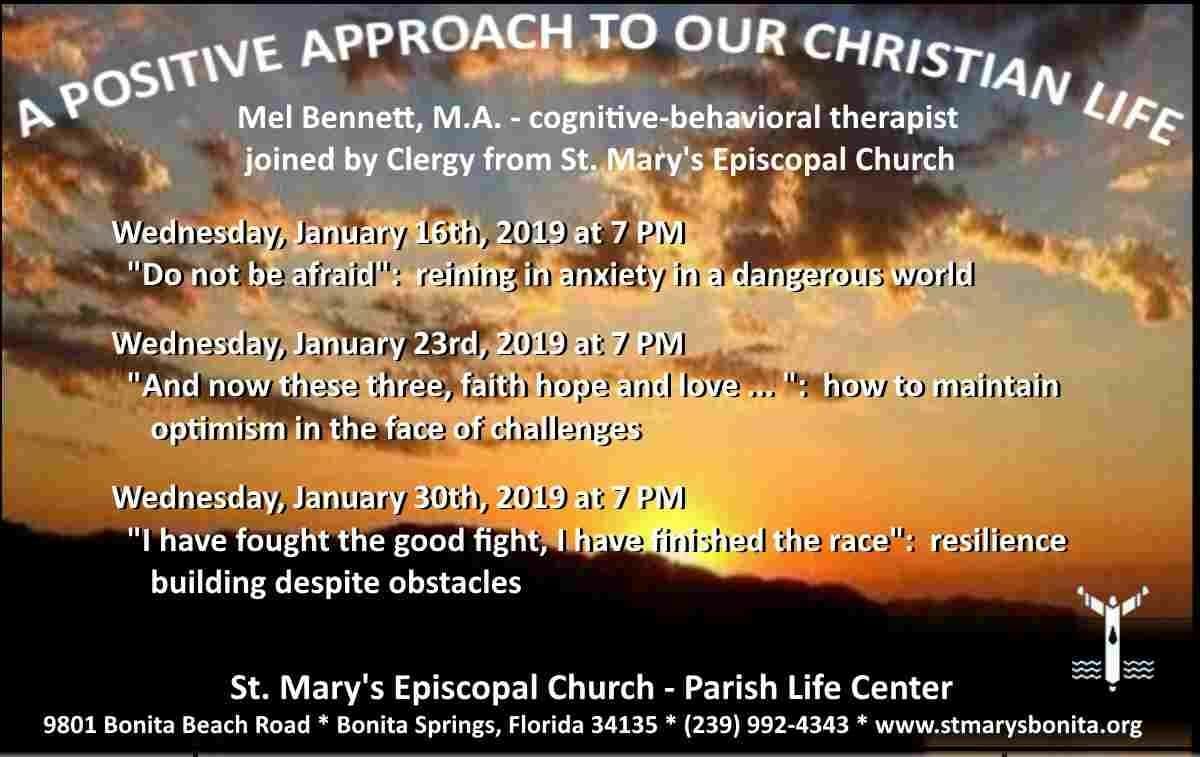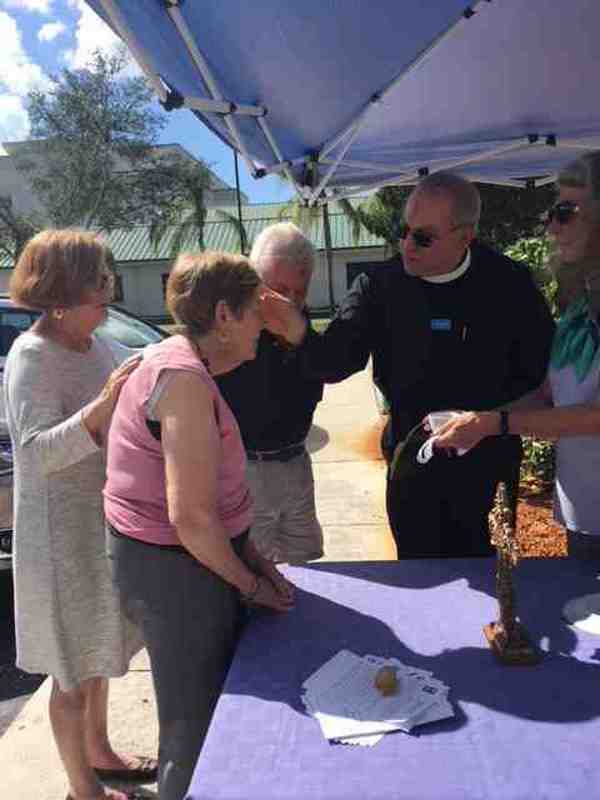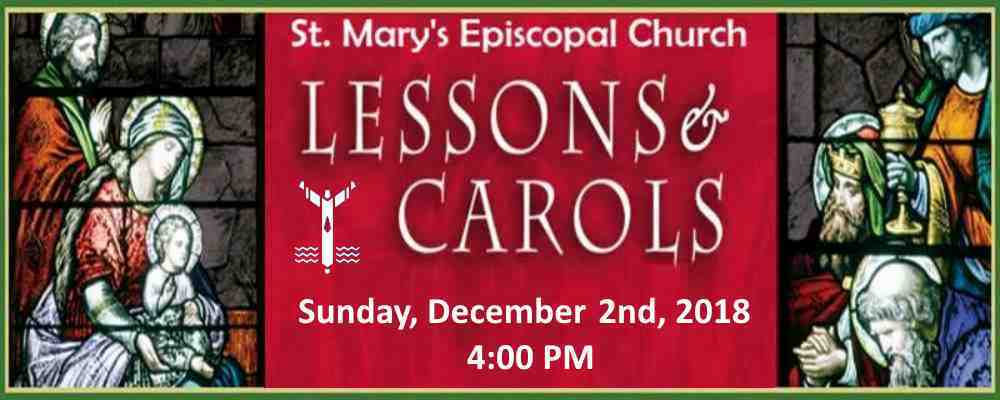Good Friday, the second liturgy of the Holy Triduum wherein through the Liturgy of the Word we hear from the Gospel according to St. John of Christ’s betrayal, arrest, denial, trial, scourging, mocking, condemnation, crucifixion, death, and burial; thereby moving mournfully onto the second of our Paschal Mysteries, the sacrificial death of Christ on the Cross for atonement of our sins and our salvation. The liturgy of for this day also includes the Solemn Collects, the Veneration of The Cross, and the communion of the Pre-Sanctified. The biblical and theological backdrop of these events is always very close at hand as we acknowledge these “acts” central to our faith and attested to in the Nicene Creed: “For our sake he was crucified under Pontius Pilate; he suffered death and was buried.” The spiritual ascetic so crucial through these realities is that they prepare us for Easter. And it is essential for us to recognize that through the sign of the Cross made with oil on our forehead at the time our baptism and on Ash Wednesday with ashes, that like all Christians we too bear the marks of the Cross and all it represents for our Easter hopes and expectations. For as we read from St. Paul (Romans 6:5): “For if we have been united in a death like his, we will certainly be united with him in a resurrection like his.”
These liturgical observances are some of the most ancient of the Mystical Body of Christ, the Church. For example, the Solemn Collects date from the third, fourth, and fifth centuries, and the practice of kneeling for the bidding and standing for the collect from the sixth century. The litany of the Solemn Collects powerfully covers a wide and diverse range of prayerful intentions made by us, the people of God, now redeemed and reconciled with God through Christ’s sacrificial death on the Cross. In essence, we need to solemnly acknowledge the depth of the price that has been paid for us. With this recognition written on our hearts, we now move forward to express our gratitude to Christ for his death on our behalf by venerating the Cross. Once again, we are participating in an ancient liturgy, which in this case dates to the fifth century. Obviously, we are not reverencing the material image, but rather our salvation that it represents. The liturgy then moves on to the communion of the Pre-Sanctified, so named because the bread and wine are those set aside at the Maundy Thursday Eucharist for use on Good Friday. Christ is dead. Christ is buried. Consequently, there is no vital source open to us for his presence through the consecration of his Body and Blood. It is today then, Good Friday, more than any other, that we earnestly reach out to receive the Body of Christ given for us, and the Blood of Christ shed for us.
Why is this important and meaningful? The Good Friday liturgy, the second of the Paschal Mysteries of the Sacred Triduum, can be challenging for us in a number of ways. Because it is the only time during the liturgical calendar that we hear and do these particular actions in the course of the liturgy, and their lack of familiarity to us, often causes us to focus on the mechanics of the service instead of the intent of them. Further, a primary biblical and theological focus of the liturgy is to face the reality of death; typically, death is not a topic eagerly embraced by us. So perhaps the demands of the liturgy and the subject of death contribute to our overall awkwardness in our full, meaningful participation. On the other hand, this was and is the way it’s supposed, to be God’s eternal plan for our salvation through Jesus Christ and his death on the wood of the Cross for our redemption. So our spiritual ascetic should be one of gratitude and thanksgiving; Good Friday is a day to express our appreciation, and to do it reverently, authentically, and eagerly. There is only one other day that is more important and meaningful to a Christian than Good Friday.







Leave A Comment